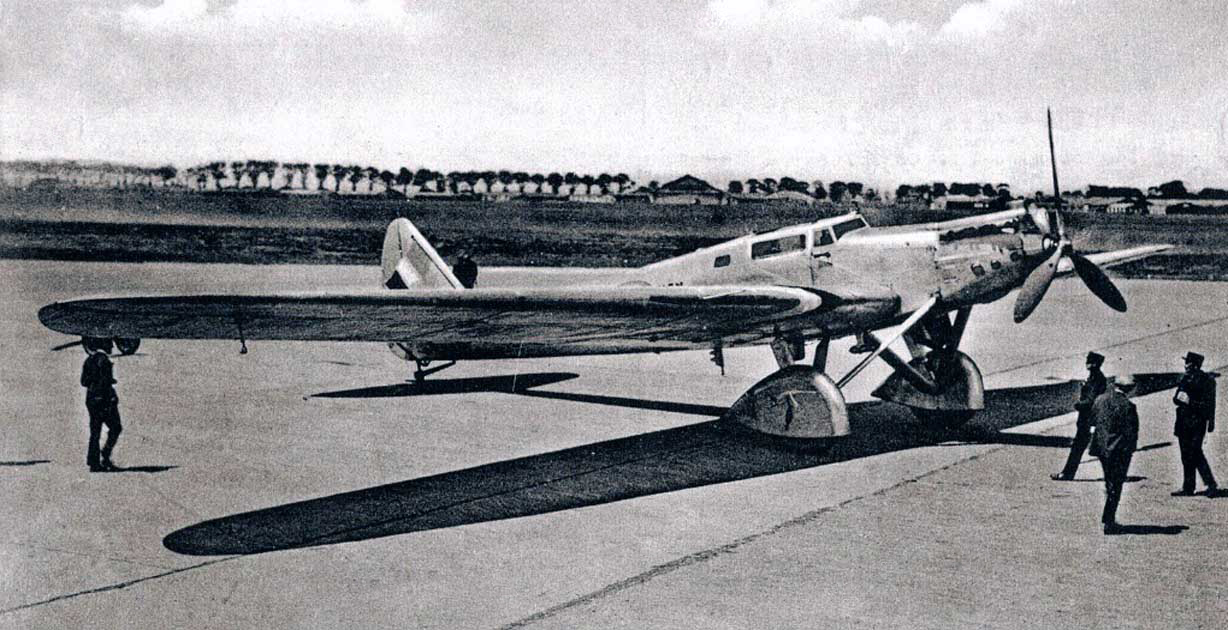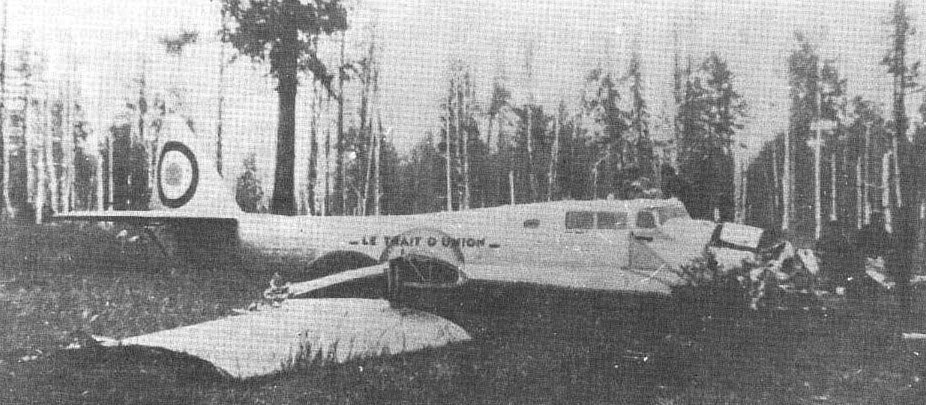Crash of a Kalinin K-4 in Novopavlovsk: 2 killed
Date & Time:
Mar 7, 1932 at 1235 LT
Registration:
CCCP-L228
Survivors:
Yes
Schedule:
Kharkiv – Mineralnye Vody – Tbilisi
MSN:
116
YOM:
1929
Crew on board:
3
Crew fatalities:
Pax on board:
0
Pax fatalities:
Other fatalities:
Total fatalities:
2
Aircraft flight hours:
539
Circumstances:
The crew departed Kharkiv to ferry the airplane to its base in Tiflis with an intermediate stop in Mineralnye Vody. After takeoff from Mineralnye Vody Airport, the crew climbed to an altitude of 300-350 metres then continued to the southeast, following the railway track. About 20 minutes into the flight, weather conditions worsened and the visibility was poor due to fog. Rather than returning to Mineralnye Vody, the captain decided to continue and reduced his altitude. He continued vertical to the railway line, sometimes to its left sometimes to its right. Too low, the airplane struck the ground and crashed near the Apollonskaya Station in Novopavlovsk. One mechanic was seriously injured while both other occupants were killed.
Probable cause:
The accident was the consequence of the decision of the captain to continue the flight at low altitude in poor visibility due to fog rather than returning to Mineralnye Vody for a safe landing. It was determined that the information transmitted to the crew regarding the weather forecast were not relevant and were thus considered as a contributing factor.







